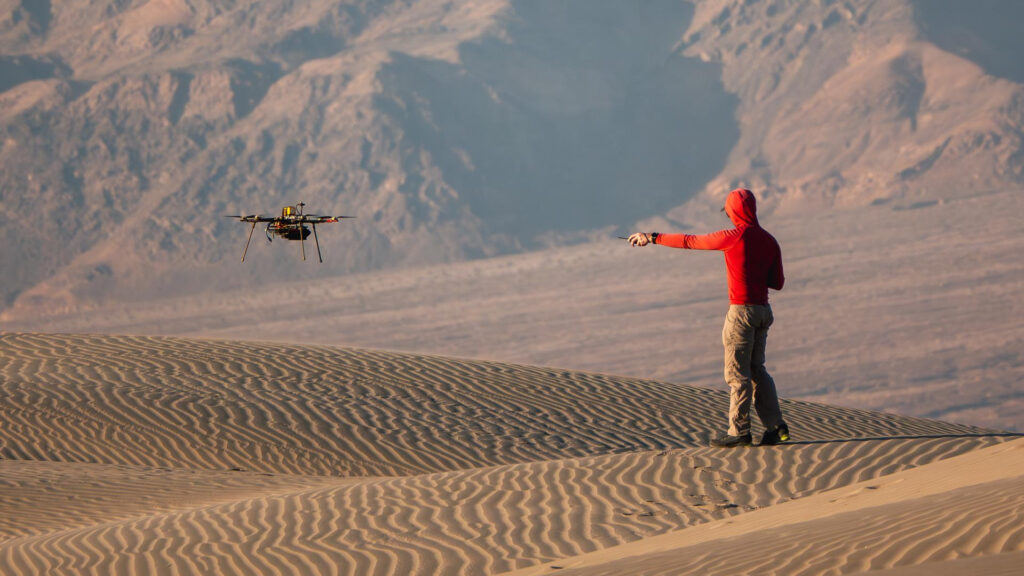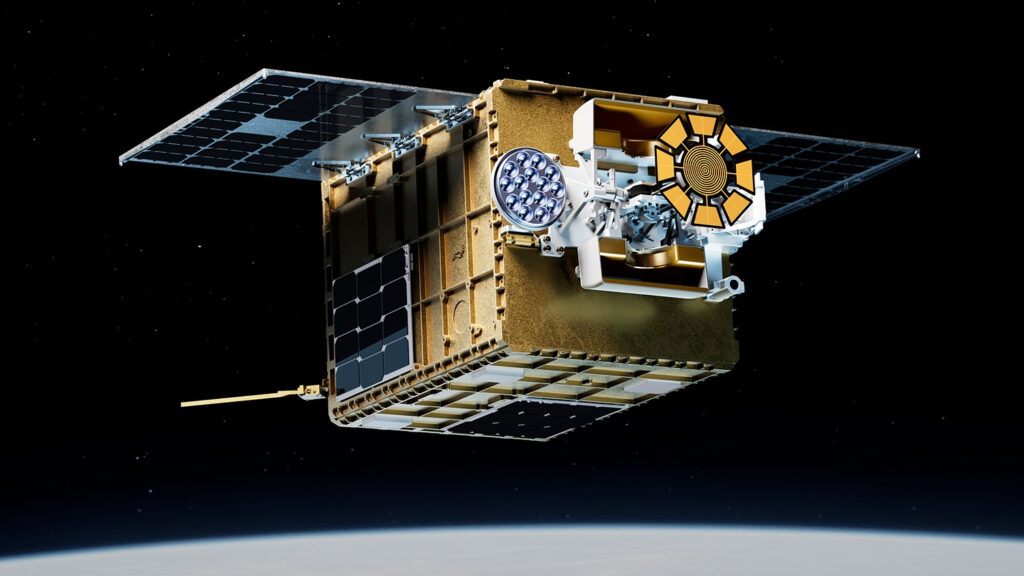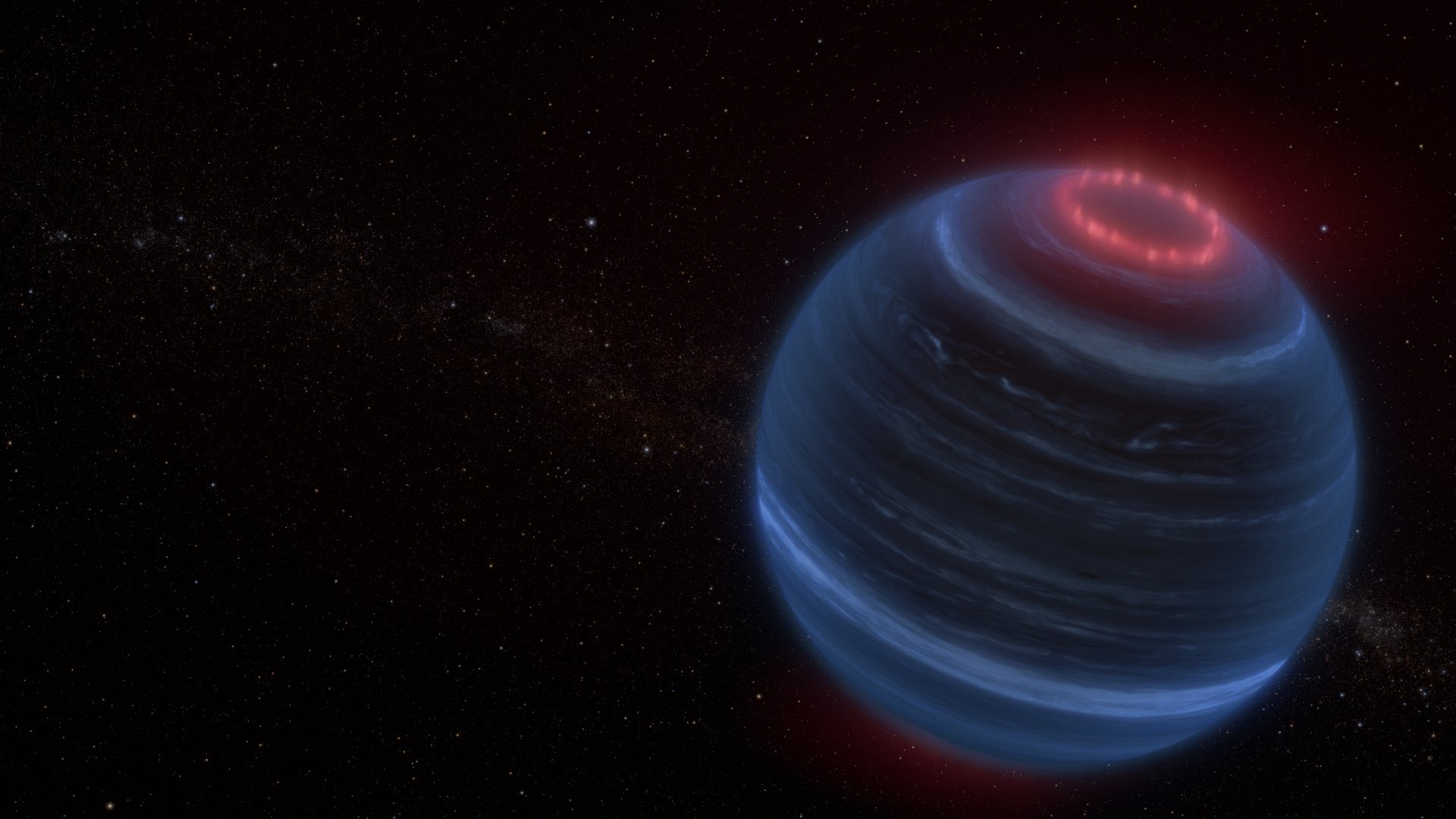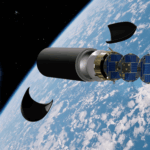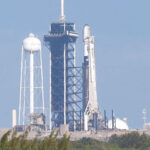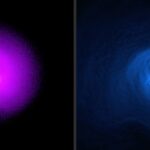Now Reading: Colossal ‘hole’ in the sun could spark impressive auroras this weekend
-
01
Colossal ‘hole’ in the sun could spark impressive auroras this weekend
Colossal ‘hole’ in the sun could spark impressive auroras this weekend
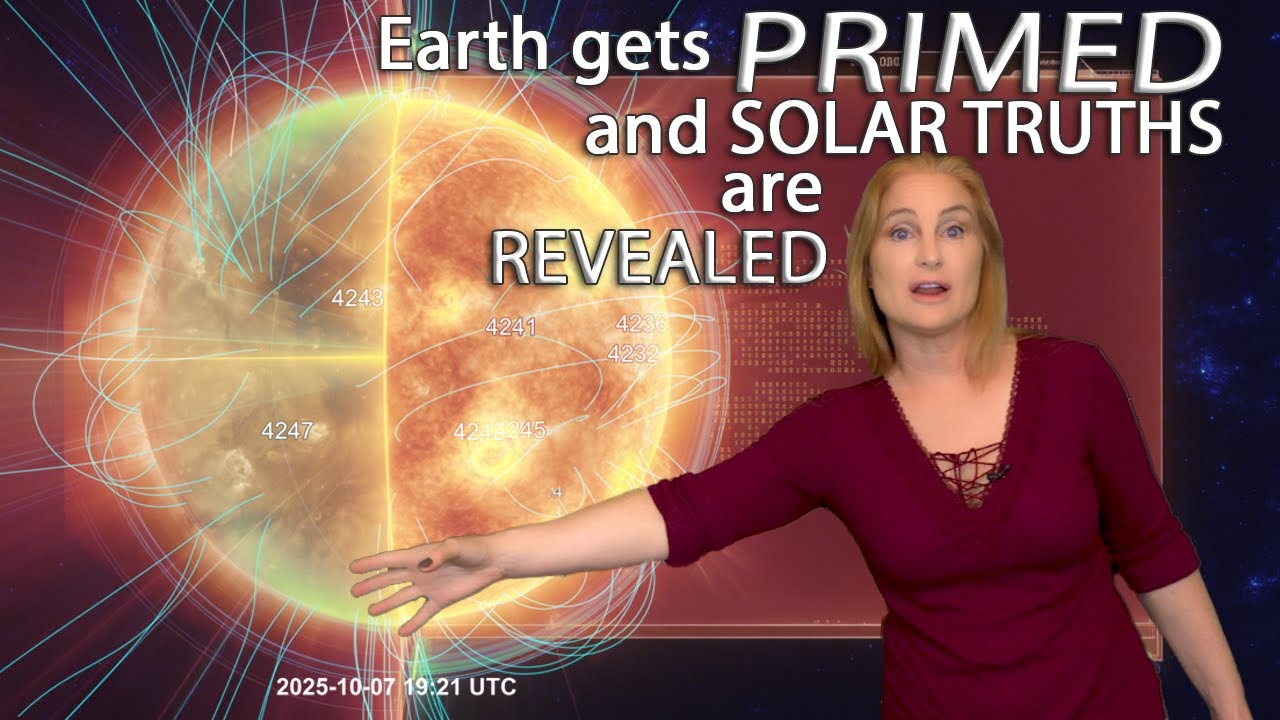
A large coronal hole in the sun’s atmosphere is currently facing Earth, sending a blast of high-speed solar wind our way that could trigger geomagnetic storms and auroras this weekend.
The fast solar wind stream is predicted to arrive late Saturday into Sunday (Oct. 11-12), according to space weather forecasters from both NOAA’s Space Weather Prediction Center and the U.K. Met Office. Geomagnetic activity could start picking up late Oct. 11, with the highest activity slated for between 5 a.m. and 5 p.m. EDT (0900-1700 GMT) on Oct. 12.
If the predicted minor (G1) geomagnetic storm conditions are reached on Oct. 12, auroras could be visible as far south as northern Michigan and Maine, according to NOAA’s G-scale, which rates the strength of these disturbances. But given the time of year, just past the recent autumn equinox, even a small bump in activity could have a bigger impact and boost the chances of more widespread auroras this weekend.
This isn’t the first time we’ve seen this particular coronal hole, though it looks a little different. It’s the same feature that we saw last month, which took the shape of a butterfly or a bird. Coronal holes can persist for months, reappearing every 27 days or so as the sun completes one solar rotation.
Coronal holes are areas where the sun’s magnetic field opens up, allowing solar wind to stream more freely into space. When this solar wind reaches Earth, it interacts with our planet’s magnetic field, or magnetosphere, and some of those energetic particles are guided down magnetic field lines toward the poles. As they collide with atoms and molecules high in Earth’s atmosphere, mostly oxygen and nitrogen, they release energy as light, creating the glowing curtains we know as the aurora.
Seasonal ‘bump’ in auroras
This weekend’s timing is good for aurora chasers as around the autumn equinox, Earth’s tilt lines up in a way that helps the solar wind connect more efficiently with our planet’s magnetic field. This seasonal boost is known as the Russell-McPherron effect.
NOAA’s latest forecast predicts a peak Kp index of 5, which corresponds to minor (G1) geomagnetic storm conditions. The Kp index is a global scale that measures geomagnetic activity from 0 (quiet) to 9 (extreme). The higher the number, the greater the chance of seeing auroras farther from their usual polar regions.
Space weather forecast
For a full breakdown of what’s happening on the sun, and what to expect from this weekend’s and next week’s space weather, check out the latest forecast from space weather physicist Tamitha Skov:

Stay Informed With the Latest & Most Important News
Previous Post
Next Post
-
 012024 in Review: Highlights from NASA in Silicon Valley
012024 in Review: Highlights from NASA in Silicon Valley -
 02Panasonic Leica Summilux DG 15mm f/1.7 ASPH review
02Panasonic Leica Summilux DG 15mm f/1.7 ASPH review -
 03From Polymerization-Enabled Folding and Assembly to Chemical Evolution: Key Processes for Emergence of Functional Polymers in the Origin of Life
03From Polymerization-Enabled Folding and Assembly to Chemical Evolution: Key Processes for Emergence of Functional Polymers in the Origin of Life -
 04How New NASA, India Earth Satellite NISAR Will See Earth
04How New NASA, India Earth Satellite NISAR Will See Earth -
 05And Thus Begins A New Year For Life On Earth
05And Thus Begins A New Year For Life On Earth -
 06Astronomy Activation Ambassadors: A New Era
06Astronomy Activation Ambassadors: A New Era -
07SpaceX launch surge helps set new global launch record in 2024












